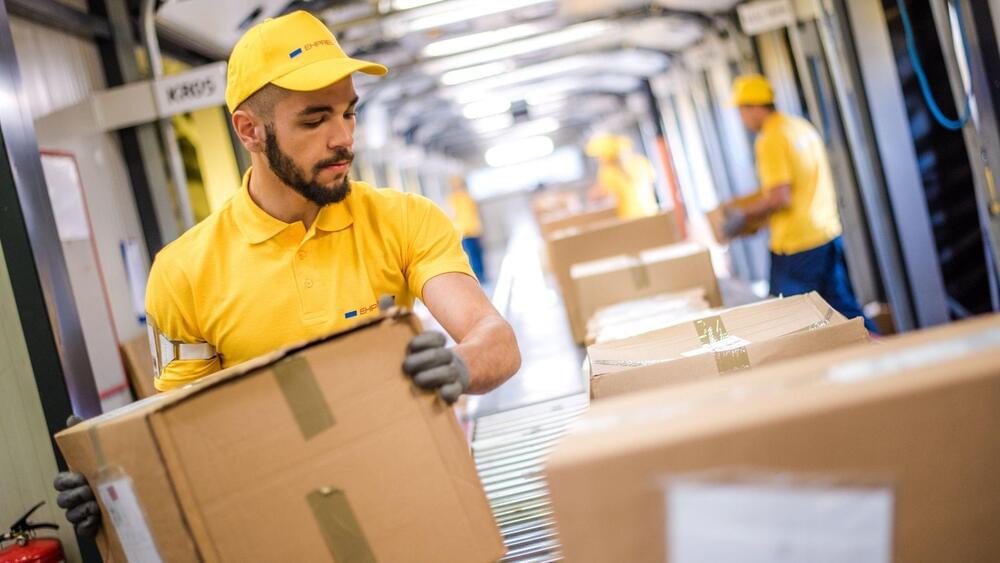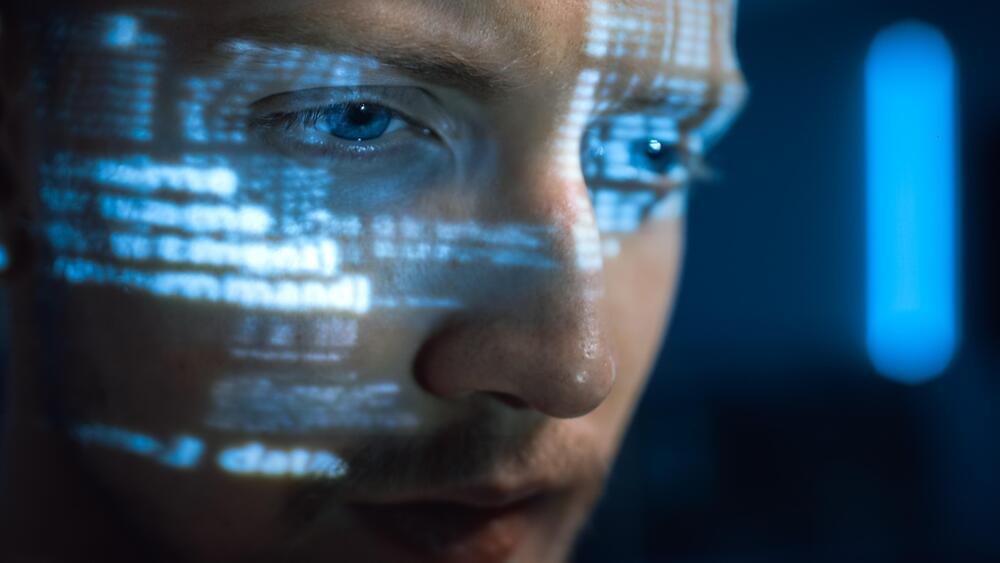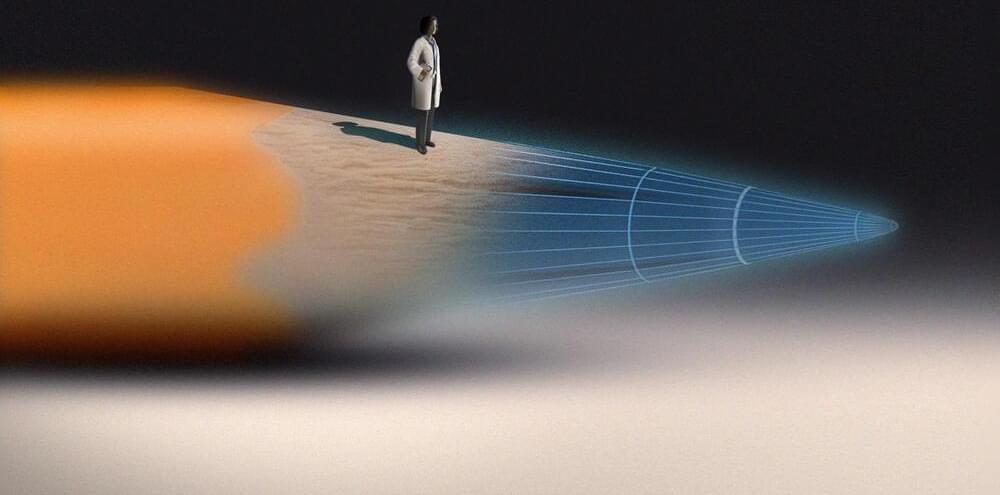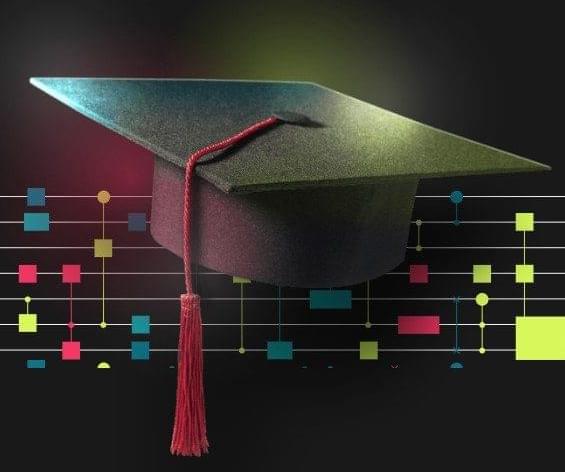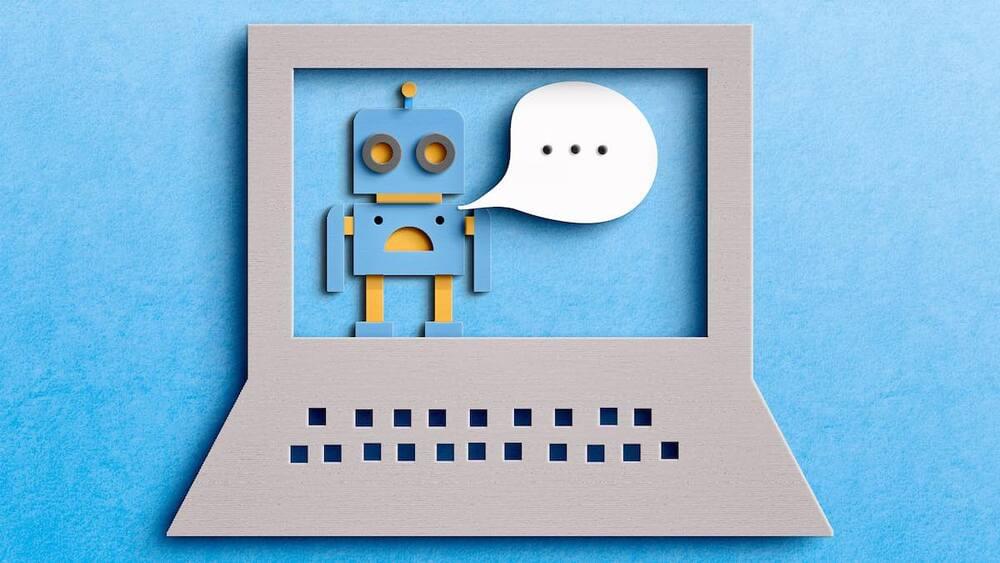The two stars take about 20.5 hours to revolve around each other.
Astrophysicists of the University of California San Diego (UC San Diego) and Northwestern University have discovered the most compact ultracool dwarf binary system known to date using W. M. Keck Observatory on Maunakea, Hawaii Island.
Named LP 413-53AB, this newly discovered system comprises two ultracool dwarfs, the category of stars which are extremely low in mass and emit light mainly in the infrared because of their low temperature.
NASA/JPL Caltech image.
These two stars are so close that they only take about 20.5 hours to revolve around each other, which means a year on these stars is not even a day on Earth.


